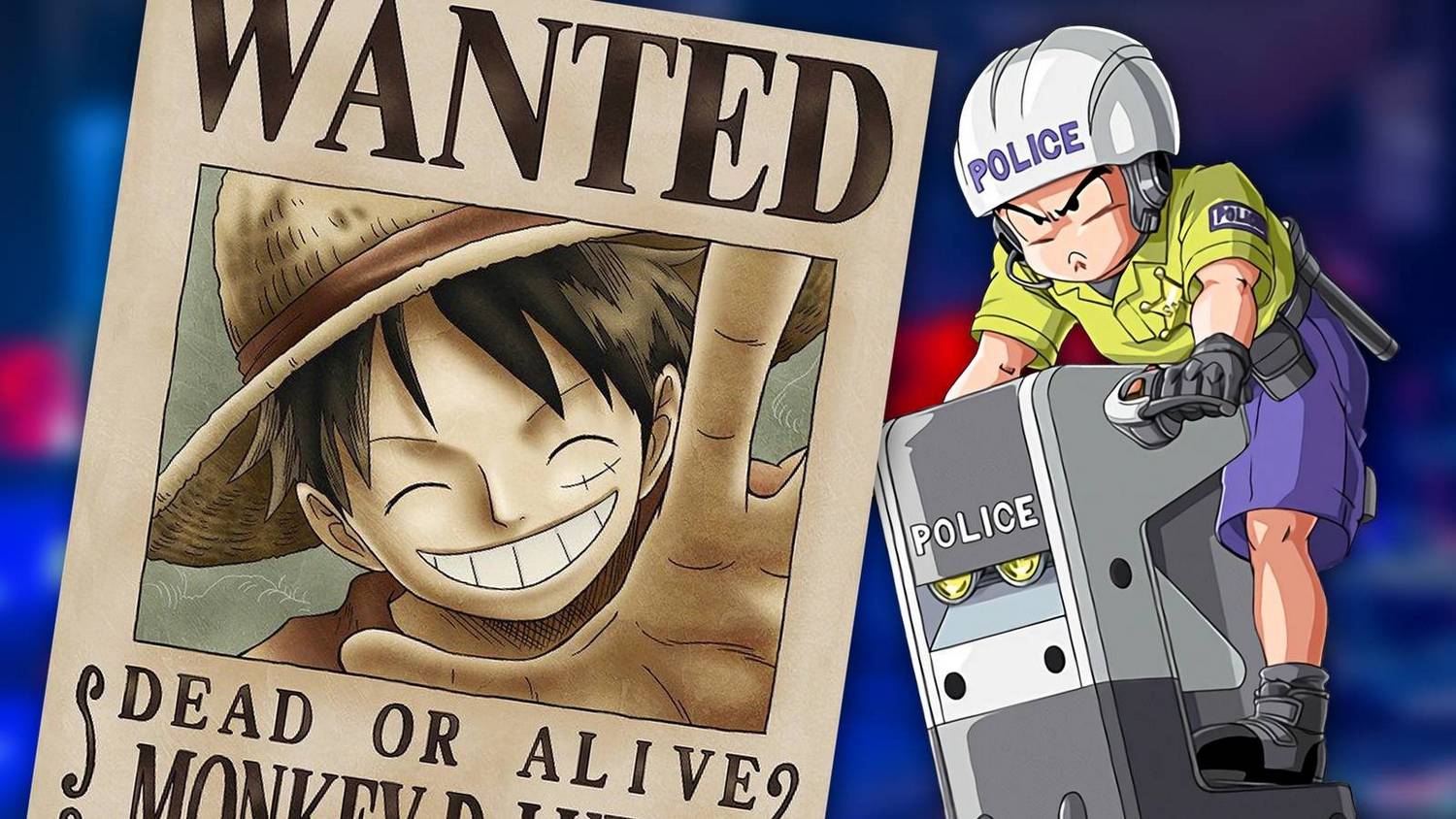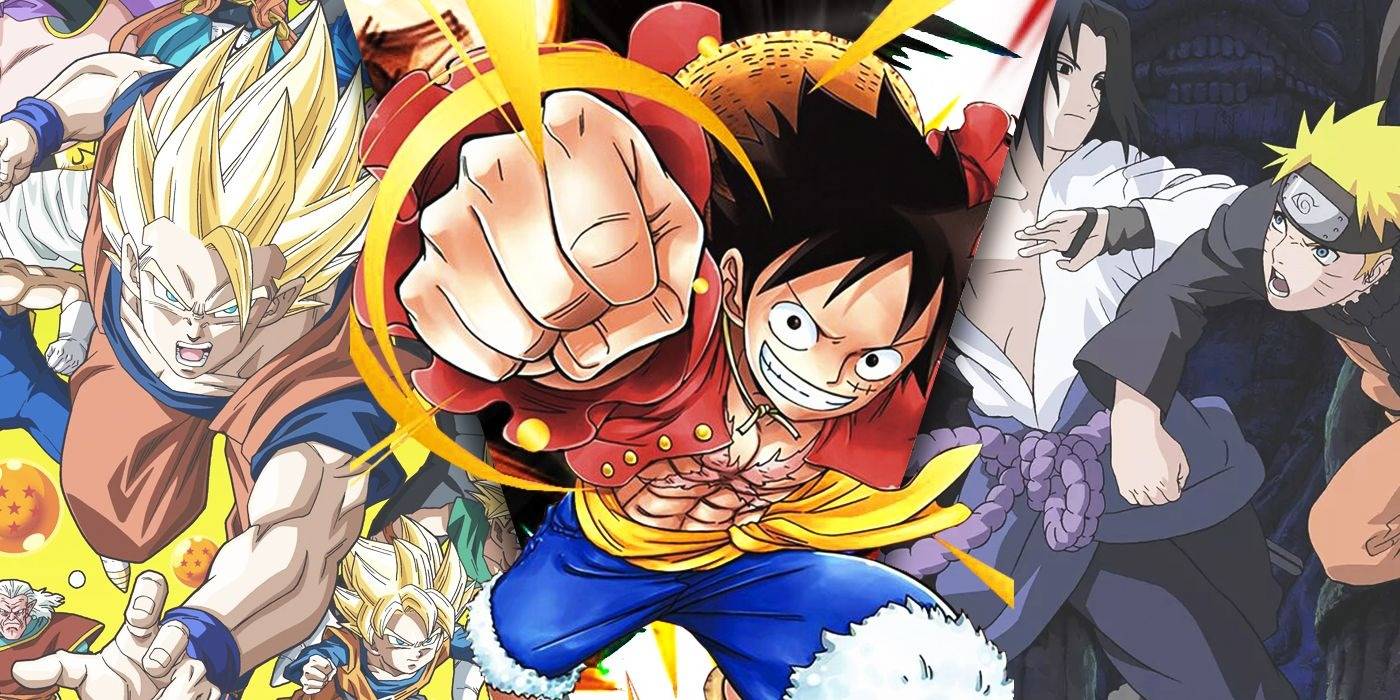Japan’s New AI Crackdown: Why Anime Piracy Is Becoming a High-Stakes Gamble
Popular Now
 BeamNG.drive
BeamNG.drive
 Roblox
Roblox
 Fortnite
Fortnite
 Rust
Rust
 Toca Boca World
Toca Boca World
 League of Legends
League of Legends
 Valorant
Valorant
 Minecraft
Minecraft
 Black Myth: Wukong
Black Myth: Wukong
 Call of Duty
Call of Duty  In a significant escalation of its long-standing battle against online piracy, the Japanese government and major content creators have launched a new, technologically advanced initiative that is making the act of pirating anime and manga riskier than ever before. This latest crackdown, which includes a new AI-powered detection system and strengthened international cooperation, marks a strategic pivot away from the traditional “whack-a-mole” approach. For viewers who have long relied on unofficial streaming sites and torrents, the landscape is changing rapidly, presenting new legal and security risks that were previously less common.
In a significant escalation of its long-standing battle against online piracy, the Japanese government and major content creators have launched a new, technologically advanced initiative that is making the act of pirating anime and manga riskier than ever before. This latest crackdown, which includes a new AI-powered detection system and strengthened international cooperation, marks a strategic pivot away from the traditional “whack-a-mole” approach. For viewers who have long relied on unofficial streaming sites and torrents, the landscape is changing rapidly, presenting new legal and security risks that were previously less common.
For years, the anime and manga industries have been hemorrhaging billions of dollars in lost revenue due to piracy. While the industry has attempted to combat this with improved legal streaming options like Crunchyroll and HIDIVE, the problem has only grown more pervasive, particularly in international markets. This new strategy is a direct response to that problem, and it’s built on two core pillars: a massive investment in artificial intelligence and an unprecedented level of global collaboration.
 The Rise of the AI Hunter
The Rise of the AI Hunter
The most significant new tool in Japan’s anti-piracy arsenal is a $2 million pilot program proposed by the Cultural Affairs Agency. This program is developing an AI-powered image and text detection system specifically designed to scour the web for pirated content. Unlike human moderators who can “barely keep up” with the constant proliferation of new sites, this AI is being trained to identify pirated content by learning the layout and advertisements of illegal websites as well as the unique visual signatures of copyrighted anime and manga. Once flagged, these instances can be swiftly reported for takedown, effectively automating a previously labor-intensive process. The goal isn’t to eliminate piracy entirely, but to make it so difficult and unreliable that a significant portion of piraters are driven toward legal, monetized services.
- Enhanced Detection: The new AI system is designed to be far more efficient than human efforts. By analyzing patterns, it can quickly identify and report new piracy sites, which often pop up as soon as old ones are taken down. This creates a much faster and more responsive defense.
- New Legal Penalties: Japan’s copyright law has been continuously strengthened since 2017, with new amendments making the act of “knowingly downloading” pirated content punishable. While enforcing this on an international scale remains challenging, the new AI system provides a powerful new tool for identifying perpetrators and building legal cases, particularly against site operators.
- Risk to Individuals: With an increasing focus on identifying individuals, the risk for everyday users has gone up. While a simple download may not lead to immediate legal action, the new technologies and international agreements make it easier for companies to track user data and potentially issue cease-and-desist letters or, in some cases, pursue legal action.
Global Alliances and International Operations
Japan is also expanding its anti-piracy efforts beyond its own borders. The Content Overseas Distribution Association (CODA), a Japanese anti-piracy trade group, has been at the forefront of this international push. They’ve been collaborating with law enforcement and intellectual property agencies in countries like Brazil, the Philippines, and even the U.S. These joint operations, such as “Operation Anime,” have led to the shutdown of dozens of major piracy websites and the prosecution of their operators. This global strategy is a game-changer, as it targets the servers and individuals who have historically operated from overseas to avoid Japanese law.
The message to the international community is clear: a geo-block is no longer a guaranteed shield against legal repercussions. The rise of these global anti-piracy organizations and legal alliances means that the risk of criminal and civil penalties is no longer confined to Japan. These groups are working with local authorities to pursue legal action against site operators and distributors, making the online piracy business a much more dangerous profession.
While some argue that the root of the piracy problem lies in inaccessible content, regional restrictions, and high subscription costs, the industry’s response is a firm commitment to a zero-tolerance approach. For fans, this new reality means that the days of free and easy anime are likely coming to an end. It’s a clear signal that the risk-reward calculation for piracy has shifted dramatically. The creators, the studios, and the Japanese government are no longer playing defense; they are actively hunting down pirates with an arsenal of new technology and international legal power. For the future of the anime industry, the fight has just begun, and the stakes are higher than ever.









 The Rise of the AI Hunter
The Rise of the AI Hunter